01. To add a new Insurance, or edit an existing record, go to LISTS then INSURANCE then CARRIERS.

02. If you want to edit an existing record, highlight it then click EDIT. Otherwise click NEW to create a new entry.

03. Starting from the top, first create a CODE. This will be a short five-character identifier for the Insurance. For example, if the Insurance’s name is “Medicare” you could enter MCR, or MEDIC, or MCARE for the code. You can also leave the field blank, in which case the program will create a code for you.
04. Next enter the Insurance NAME, STREET address, CITY, STATE, and ZIP CODE.
05. Next enter any contact information you would like in the PHONE, EXTENSION, FAX, or CONTACT fields.
06. In the Plan Information section; enter the PLAN NAME.
07. The CLASS field is not required, but could be used to group like insurances. For example if you enter “Medicare of CA” and “Medicare of NV” you could create a class to group those. You can then use the class for setting up rules in the various IDs grids. To setup a class go to LISTS then INSURANCE then CLASSES. Click NEW then enter a CLASS ID, CLASS NAME, and DESCRIPTION. Then click SAVE when finished. You can then return to this step and select it.
08. The NOTE field is also optional, and for your use.
09. Now click on the OPTIONS AND CODES tab.

10. The first set of options, PROCEDURE CODE SET and DIAGNOSIS CODE SET, allow you to use different CPT and ICD codes depending on what insurance is being billed. The CPT and ICD codes will need to be setup first, but if they are you can go to LISTS then PROCEDURE/PAYMENT/ADJUSTMENT CODES then edit a code. You will see ALTERNATE CODES 2 and 3 fields. Those correspond to the choices in these drop-down menus.
11. The next three fields are normally set to SIGNATURE ON FILE.
12. The PRINT PINS ON FORMS field is normally set to LEAVE BLANK, unless if the insurance requires IDs other than the NPI print in 24j. Note these other IDs are known as LEGACY IDs in Medisoft.
13. The DEFAULT BILLING METHOD 1, 2, and 3 will vary depending on whether you print paper claims, or send electronic claims, but you can only print to paper if this is set to PAPER. For electronic claims this may be set to PAPER or ELECTRONIC depending on the method used to send the claims. For help with this please contact support.
14. Once setup, you can specify default PAYMENT, ADJUSTMENT, WITHHOLD, DEDUCTIBLE, and TAKE BACK codes, but this is not a required step. It is however recommended as it will save time if you do payment posting. If the codes are not setup yet, please refer to later sections the Medisoft Training Manuals.
15. Now click on the EDI/ELIGIBILITY tab.

16. Besides the CLAIMS PAYER ID fields under the PRIMARY RECEIVER and SECONDARY RECEIVER sections, you will not need to fill out the other fields unless if you are sending electronic claims. Which fields are used, and how they should be populated will vary depending on the method of electronic claims or where they’re being sent. Unless otherwise instructed only fill out the CLAIMS PAYER ID if you know it. That number may be obtained through the insurance company, or clearinghouse.
17. Under the CARRIER EDI SETTINGS section, you may select a TYPE from the drop-down menu, and place a check in any of the check boxes if you know they should be. If you are unsure please contact support as the use may vary and will be dependent on the method of claims and where they’re being sent.
18. Now click on the ALLOWED tab.

19. On this tab you can enter the ALLOWED amount, and select whether a code is UB NON-COVERED or not, once Procedure codes are setup. If you do not yet have Procedure Codes setup please refer to later sections of this manual.
20. Click SAVE when finished.

